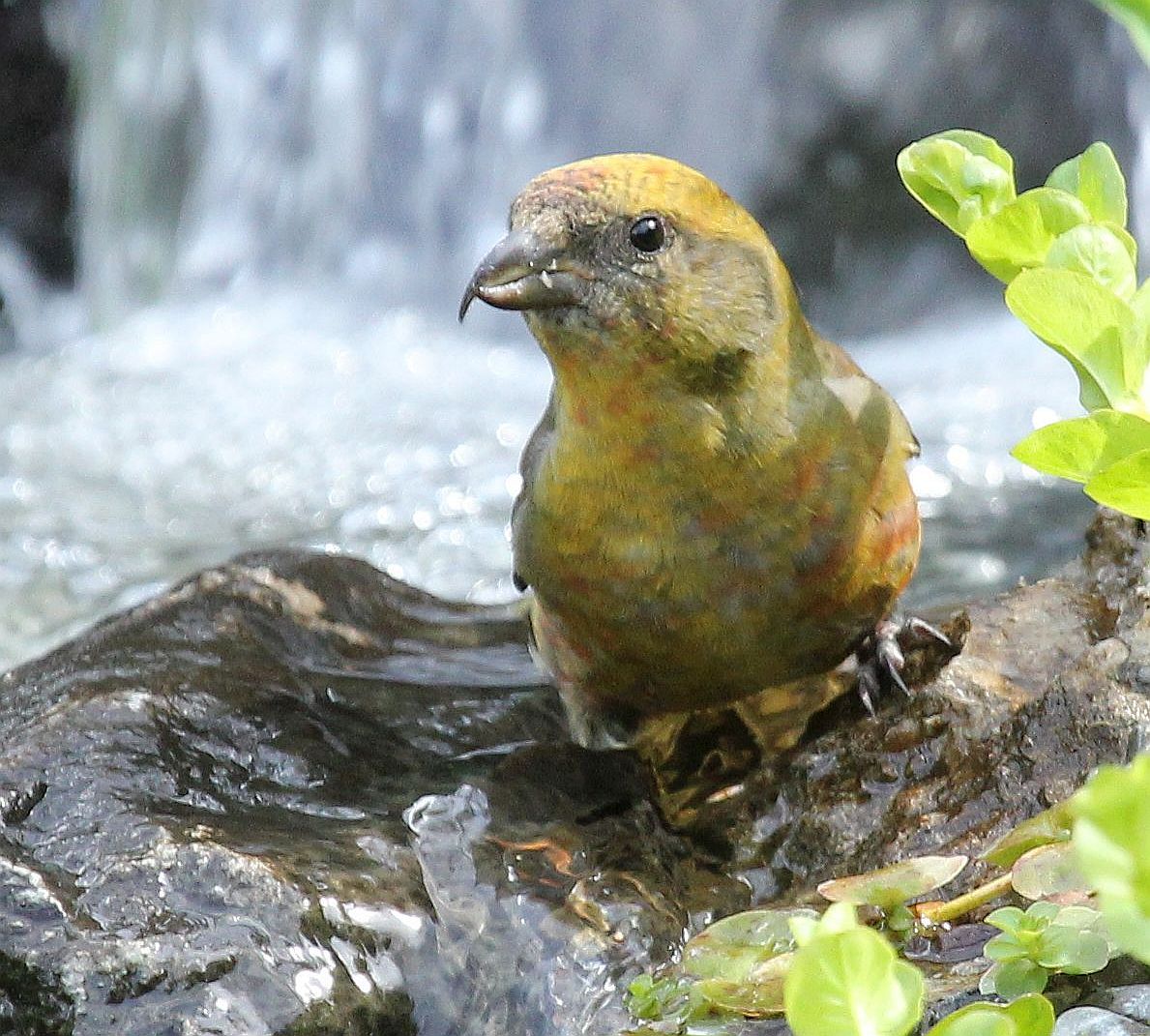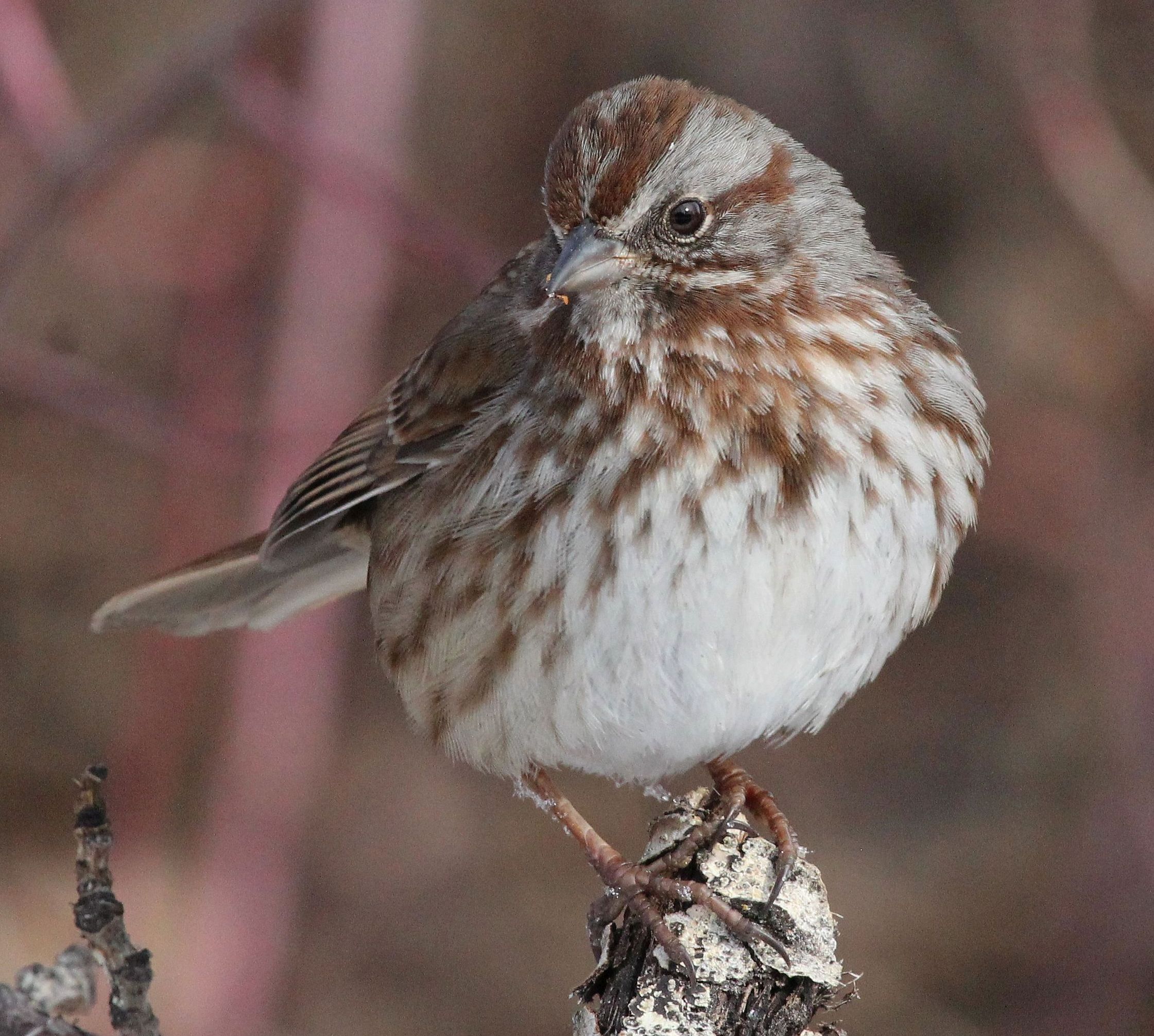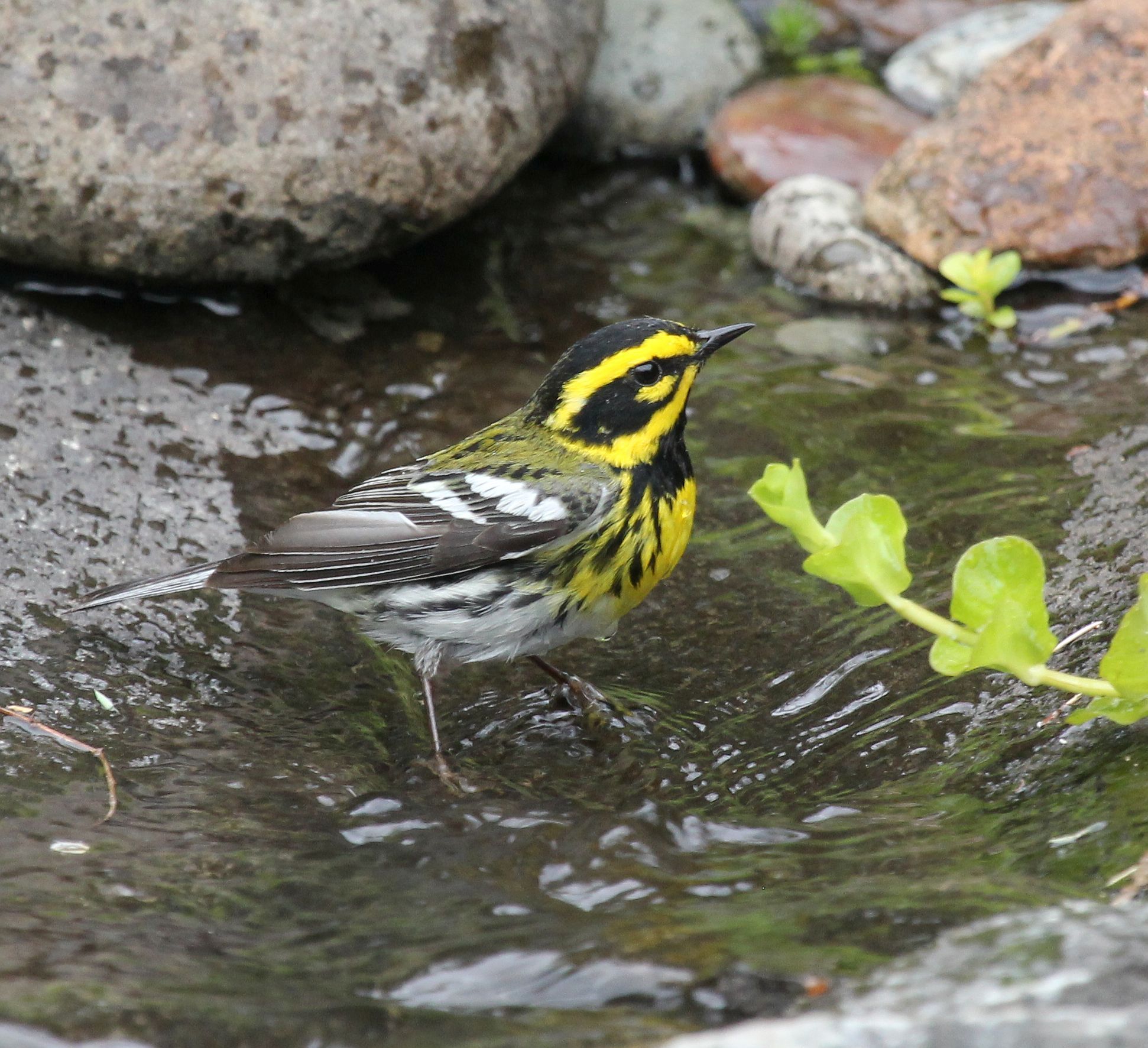Preventing Bird Window Strikes
Glass collisions are a huge problem for birds. The American Bird Conservancy estimates that up to a billion birds die in collisions with glass each year in the United States. Although most people have seen or heard a bird hit a window, they often believe it is an unusual event. Add up all those deaths and the number is staggering.
Both common and rare bird species hit windows. In 2015, we had a Red Crossbill hit one of our windows at our home here in Yakima. It was that Crossbill striking the window and dying that inspired me to look for help preventing window strikes at our home.
Bird Collision Facts:
- Glass kills between three hundred million and a billion birds each year – the majority on home windows.
- Birds can’t see glass and don’t understand the architectural cues, such as window frames, mullions, and handles, that help people detect glass.
- Unlike some sources of bird mortality that kill mainly weaker individuals, there is no distinction among victims of glass. Because glass is equally dangerous for healthy, breeding adults, it can have a serious impact on populations.
- Even small windows can be dangerous to birds that are accustomed to flying through small gaps between trees and shrubs.
What can you do to help?
Bird feeder and bird bath placement are important in helping to prevent collisions. The most likely place for birds hitting windows is near bird feeders. It may seem odd, but feeders are safest when they’re closest to windows. If a bird takes off from the feeder or bath and hits the window, it won’t be going at top speed and has a better chance of surviving. Place feeders and baths CLOSER than 3 feet to a picture window (or even affixed to the glass or window frame), or FARTHER than 30 feet from a window.
Decals and tape are readily available on the internet or at stores for bird lovers. They are inexpensive and rated “highly effective” by the American Bird Conservancy. However, although one or two decals on a small window may help reduce collisions, they become less effective as window size increases because birds will simply try to fly around them. In addition, recent research has found that these stickers or decals are much more effective when placed on the OUTSIDE of windows. Tape is a cost-effective way to make windows safe for birds and it is a quick way to treat large areas of glass. The ABC sells tape, but there are many options for decals and tape out there. The ABC Tape can be ordered here.
Vertical cords can be mounted in front of glass. They are often referred to as “Zen Curtains.” We have used these at our home for eight years, and we have been very pleased with the results. We know others in Yakima who use them as well. We have had birds bump the windows when they are trying to escape a hawk or falcon, but none of them have died since we installed the cords. Not long ago, we watched a Sharp-shinned Hawk chase a bird toward the window. The bird escaped, the hawk banked sharply and its tail brushed the window (making the cords move), but it flew off unharmed.
One option for vertical cords is Acopian Bird Savers. They are fairly inexpensive and easy to install. Check out their website here.You can purchase them from the website, but they will also give you instructions on how to make your own. They do not charge for the plans. If you are a do-it-yourselfer, we’ve heard they are fairly easy to make.
For more information on these or other solutions for bird collisions, please visit the American Bird Conservancy’s website: ABCbirds.org. Click on the “Solutions” square in the upper right of the home page, the click on “Glass Collisions.” There is a lot of great information there. You can also click here. The National Audubon’s information on this topic is here.

Red Crossbill (female), photo: Karen Zook

Song Sparrow, a frequent feeder and yard visitor, photo: Karen Zook

Townsend’s Warbler, photo: Karen Zook
